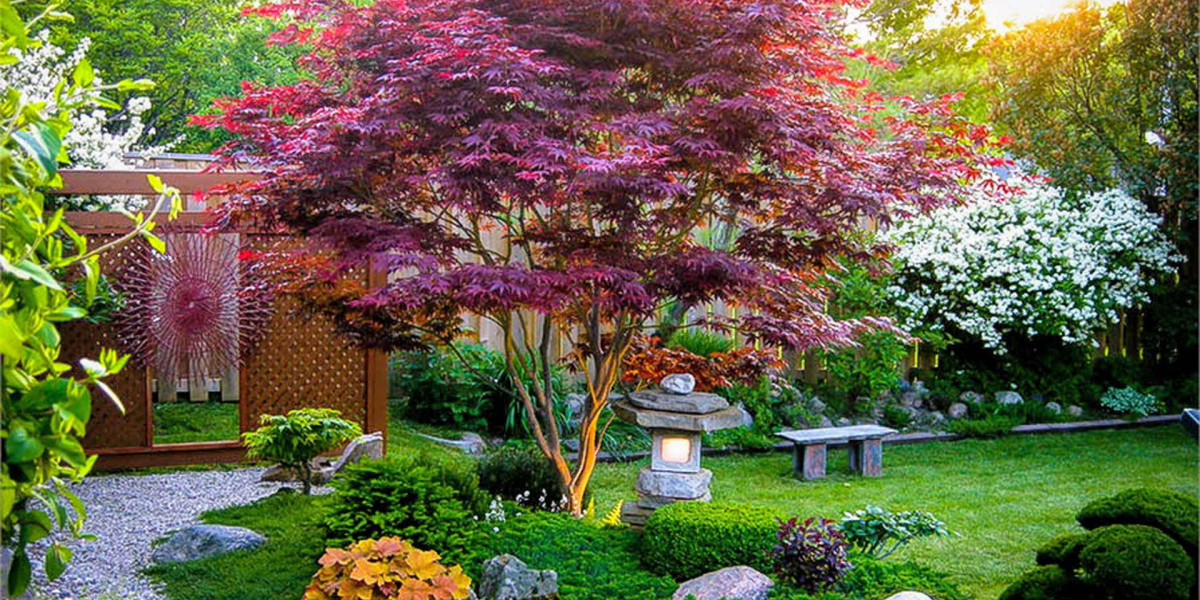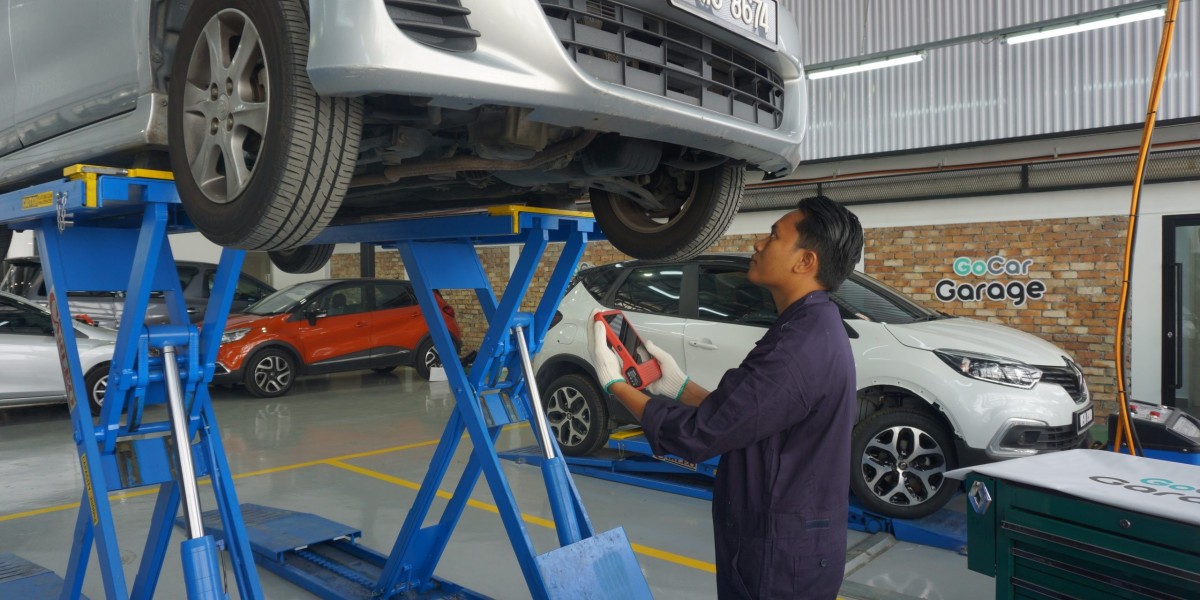Gardening in a Container
Container gardening has opened up a world of possibilities for green-thumbed enthusiasts looking to bring nature into small spaces, balconies, or patios. Among the fascinating choices for container gardening is the Bloodgood Japanese Maple (Acer palmatum 'Bloodgood'). Known for its breathtaking deep red foliage and compact size, this ornamental tree can be a captivating addition to any container garden. But can the Bloodgood Japanese Maple truly flourish in such conditions? In this article, we will explore the factors to consider and provide valuable tips for successfully nurturing a Bloodgood Japanese Maple in a container.

Understanding the Essentials:
Container Size Matters:
The first crucial consideration is the size of the container. In its natural habitat, the Bloodgood Japanese Maple can grow to heights of 15-20 feet. However, when grown in a container, its growth is limited. Therefore, it's vital to choose an appropriately sized container to accommodate the plant's root system and allow for its proper development. A larger container not only provides stability but also ample space for the roots to spread.
Soil Quality is Key:
The right soil mixture is fundamental for container gardening. Japanese maples prefer well-draining soil that retains moisture without becoming waterlogged. A blend of potting soil and organic matter, such as compost, can create the ideal growing medium.
Sunlight Requirements:
Bloodgood Japanese Maples thrive in partial shade to full sun, making them adaptable to various outdoor locations. To determine the best spot for your container, assess the sunlight conditions and adjust the placement accordingly.
Watering and Drainage:
Container-grown plants require regular watering, but overwatering can lead to root rot. Ensure your container has adequate drainage holes, and monitor soil moisture levels closely to strike the right balance.
Winter Protection:
While these maples are hardy to USDA zones 5-8, regions with harsh winters may require extra care. Consider moving the container to a sheltered area or insulating it to prevent freezing damage.
Tips for Successful Container Gardening with Bloodgood Japanese Maple:

Select a Suitable Container:
Opt for a large, sturdy container made of materials like ceramic, concrete, or plastic. Make sure it has drainage holes at the bottom to prevent waterlogged soil.
Choose the Right Soil Mix:
Prepare a well-draining soil mix by combining potting soil, compost, and perlite or sand to improve drainage and aeration.
Regular Pruning:
Japanese maples benefit from occasional pruning to maintain their shape and size. The ideal time for pruning is in late winter or early spring when the tree is dormant.
Appropriate Fertilization:
Feed your Bloodgood Japanese Maple with a balanced, slow-release fertilizer in the spring to promote healthy growth and vibrant foliage.
Monitor Watering Carefully:
Water consistently, ensuring the soil remains evenly moist but never waterlogged. Adjust the watering frequency based on the weather conditions and the moisture needs of your tree.
Protection from Extreme Conditions:
Shield the container from harsh sunlight, strong winds, and extreme cold by either relocating it or providing temporary protection when necessary.
In Conclusion:
Cultivating a Bloodgood Japanese Maple in a container can be a rewarding and visually stunning addition to your garden, balcony, or patio. By carefully considering factors like container size, soil quality, sunlight, watering, and protection from the elements, you can create an ideal environment for this striking tree to thrive in a confined space. With proper care and attention, your container-grown Bloodgood Japanese Maple will become a stunning centerpiece, offering its vibrant foliage and unique charm for many years to come, proving that beauty knows no bounds, even in a pot.



